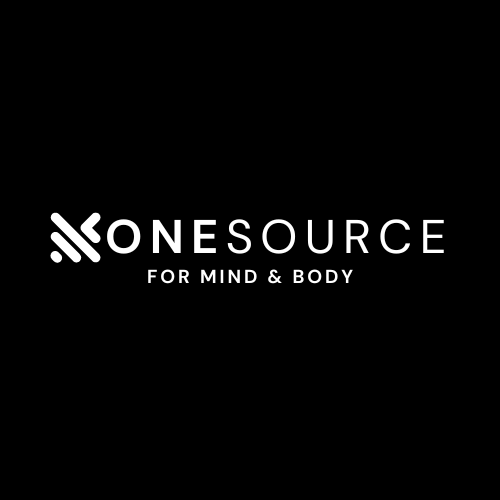The Biggest Threat to Our Country Is Within Our Borders
Food Tank brought my attention this week to the USDA’s annual report on food security in America. The report revealed that 17 million households, representing 44 million people (including children), experienced food-insecurity in 2022, a statistically significant increase from 2021 and 2020 (13.5 million and 13.8 million households respectively).
Food security is defined as having “access to enough food for an active, healthy life for all household members.” Therefore food insecurity is lack of that access. But that’s not really what this report tells us. Based on the manner in which it is conducted, it really just tells us about the quantity of calories consumed, not the quality of those calories.
The report is based on the responses of 31,948 households (there are 133 million U.S. households) to a survey “about experiences and behaviors that indicated food insecurity… such as being unable to afford balanced meals, cutting the size of meals, or being hungry because of too little money for food.”
The definition of a “balanced meal” and quality of the food is left up to the respondent. Examples of the questions asked include:
1. “We worried whether our food would run out before we got money to buy more.” Was that often, sometimes, or never true for you in the last 12 months?
3. “We couldn’t afford to eat balanced meals.” Was that often, sometimes, or never true for you in the last 12 months?
11. “We relied on only a few kinds of low-cost food to feed our children because we were running out of money to buy food.” Was that often, sometimes, or never true for you in the last 12 months?
12. “We couldn’t feed our children a balanced meal, because we couldn’t afford that.” Was that often, sometimes, or never true for you in the last 12 months?
Buried in the report is the disclaimer contradicting exactly what the report claims to identify.
“This operational measure does not specifically address whether the household members’ food intake was sufficient for active, healthy lives—the conceptual definition of food security. Nonetheless, research based on other data collections found survey-based measures of food security to be statistically associated with outcomes involving health, nutrition, and children’s development in a manner that generally supports the link between the report’s survey-based measure of food security and the conceptual definition of food security.”
Therefore we don’t really know the true number of people experiencing food insecurity or a lack of access to healthy foods. But my guess is that based on other studies I’ve read, the number is drastically higher.
A study conducted in 2016 using 2011 purchase data showed that the top 5 food expenditures for households who participate in SNAP programs (who by definition of their participation are experiencing food insecurity) were:
Meat, poultry and seafood
Sweetened beverages
Vegetables
Frozen prepared foods
Prepared desserts
Another study published in 2021 identified that 67% of calories consumed by children ages 2 - 19 came from ultra processed foods.
And a number of health trends confirm these findings.
42% of adults in the U.S. are obese. Children as young as 2 are being diagnosed with non-alcoholic fatty liver disease at an alarming rate. Life expectancy in the U.S. continues to decline. And for the first time in decades, infant mortality rose by a statistically significant 3% last year (we lag behind countries like Russia and China in this category, who we claim superiority over).
But while the link between lack of access to healthy and nutritious food and declining health is clear, we are in disagreement as to the solution. Instead of putting limits on ultra processed foods (including limiting harmful ingredients that can be used) and the amount of added sugar allowed in beverages, our politicians are trying to placate us with things like the Food Label Modernization Act, while the healthcare industry pushes for more surgery and drugs.
We should expect more from our politicians and our government who should be doing everything in their power to protect and serve us. In 2022 SNAP (Supplemental Nutrition Assistance Program) operated on a budget of $106 billion (about $40 billion of which went away with the repeal of COVID relief benefits).
It is no coincidence to me that $106 billion is the exact amount requested by President Biden to fund Ukraine, Israel, Taiwan, and humanitarian aid. This request was made in addition to the $113 billion in aid already approved for Ukraine in 2022.
Every year our politicians and media convince us that the nearly trillion dollars spent on our military and foreign aid is necessary to keep us safe. Meanwhile the biggest threat to this country is not a foreign entity. But rather it is the rapidly declining health of our population and the negligence of our elected officials who pose the biggest threat to our future.
